Stargate (1994) Cast Then and Now: 30 Years Through the Wormhole
In 1994, Kurt Russell led a team through an ancient portal in Stargate. 30 years later, one co-star completely vanished from Hollywood, James Spader conquered TV as a criminal mastermind, and Russell found his perfect scene partner—his own son. These career journeys will surprise you.

Stargate fundamentally changed the entertainment industry's approach to franchise building, establishing the template for film-to-television expansion that Marvel, Star Wars, and countless other properties follow today. Roland Emmerich's 1994 sci-fi adventure didn't just launch careers—it created the blueprint for modern transmedia storytelling.
The numbers tell the story. With a modest $55 million budget, Stargate earned $196.6 million worldwide, opening at #1 despite lukewarm critical reception (53% on Rotten Tomatoes). More importantly, it generated over $500 million in television production value through a decade-long series that redefined sci-fi television success.
Thirty years later, the cast's diverse career trajectories mirror the unpredictable nature of Hollywood success itself. From Marvel superstars to television legends to actors who deliberately chose privacy over fame, the Stargate ensemble's journeys reveal how a single project can reshape entire careers.
Why Stargate Succeeded When Critics Expected Failure
The film's success stemmed from three factors that modern franchise builders still study today. First, it delivered accessible mythology—ancient Egyptian gods as alien oppressors required no prior knowledge while offering endless expansion possibilities. Second, it balanced spectacle with character development, giving audiences both Kurt Russell's gruff military pragmatism and James Spader's academic curiosity. Third, it pioneered practical effects that have aged better than the CGI-heavy films that followed.
Stargate proved that audiences craved original science fiction at a time when Hollywood believed only Star Trek and Star Wars could succeed. The film's box office performance directly influenced the late-90s sci-fi renaissance, paving the way for The Matrix, Independence Day, and the modern superhero boom.
Featured Cast: From Ancient Aliens to Modern Stardom
Kurt Russell (Colonel Jack O'Neil) - The Action Hero Who Stayed Relevant
THEN: At 43, Russell was Hollywood's most reliable leading man, bringing gravitas to what could have been a ridiculous premise. His Colonel O'Neil—a Special Forces officer contemplating suicide after his son's accidental death—grounded the film's fantastical elements in genuine human emotion. Russell famously turned down the role multiple times until the final script convinced him.
Behind the cameras, Russell's professionalism kept production on track. When James Spader complained about dialogue quality, Russell's response became legendary: "Of course it's horrible. That's why they pay you a million dollars. If it was brilliant, you'd do it for free."

NOW: At 74, Russell has achieved something rare in Hollywood—sustained relevance across five decades. His post-Stargate career demonstrates strategic project selection that younger actors study:
- Quentin Tarantino Collaborations: Death Proof, The Hateful Eight, Once Upon a Time in Hollywood established him as the director's favourite leading man
- Marvel Cinematic Universe: His Ego the Living Planet in Guardians of the Galaxy Vol. 2 introduced him to a new generation
- Fast & Furious Franchise: As Mr. Nobody, he became central to the series' most successful phase
- Streaming Success: The Christmas Chronicles films with longtime partner Goldie Hawn proved his family-friendly appeal
Russell's current project—Apple TV+'s Monarch: Legacy of Monsters—represents his first major television role. He stars alongside his real-life son Wyatt Russell, with both playing the same character at different ages. This meta-casting demonstrates how Stargate launched a career that continues evolving thirty years later.
Related:
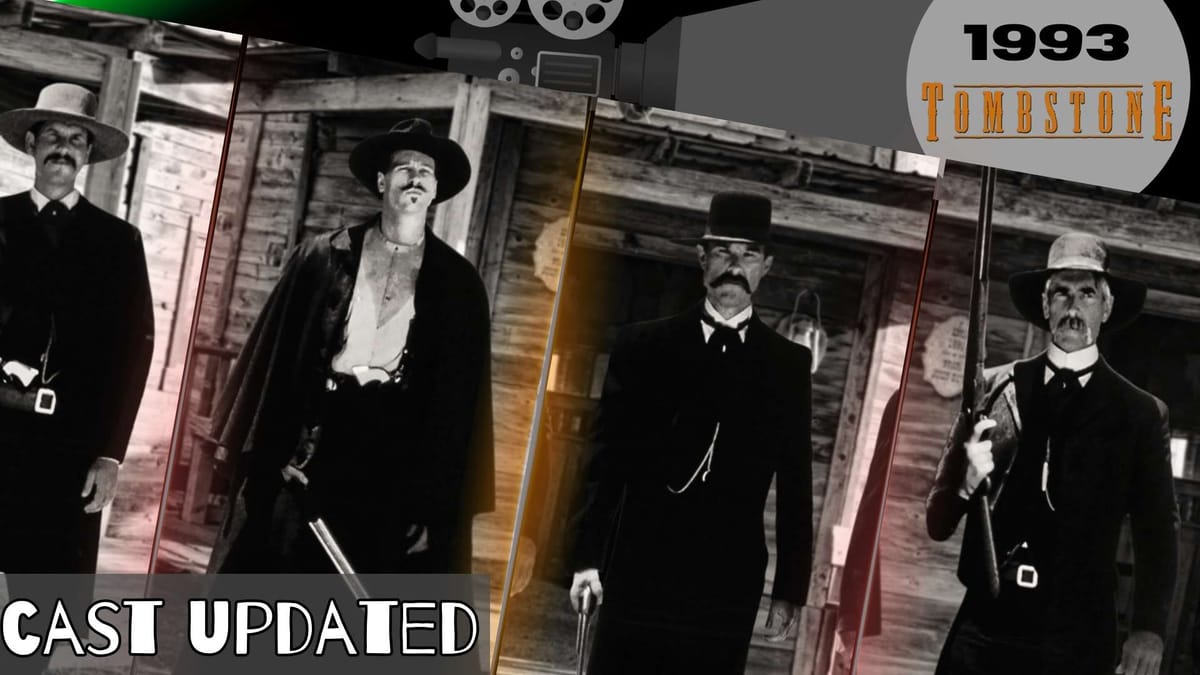
James Spader (Dr. Daniel Jackson) - From Indie Darling to Television Royalty
THEN: At 34, Spader was an unexpected choice for the earnest archaeologist whose pyramid theories prove startlingly accurate. Fresh from his Cannes Film Festival win for Sex, Lies, and Videotape, Spader brought indie credibility to mainstream entertainment. He admitted choosing Stargate precisely because he thought the script was "awful"—a creative challenge that intrigued him.
Spader's perfectionism created tension with director Roland Emmerich. He once refused to leave his trailer until scenes were rewritten, leading to Russell's diplomatic intervention that kept production moving.

NOW: At 65, Spader transformed himself into television's most distinctive leading man, proving that Stargate launched more than just a sci-fi career:
- Three Emmy Awards: His Alan Shore character dominated both The Practice and Boston Legal, creating television's most memorable lawyer
- Cultural Phenomenon: His Robert California stint on The Office became the show's most polarising and discussed character arc
- Decade-Long Success: The Blacklist ran 218 episodes across ten seasons, with Spader's Raymond "Red" Reddington becoming one of television's most iconic antiheroes
- Marvel Integration: Voicing Ultron in Avengers: Age of Ultron connected his Stargate sci-fi credentials to modern superhero cinema
Spader concluded The Blacklist in 2023 after 218 episodes, describing the experience as "the perfect antidote to a long-running television show." His upcoming return as Ultron in Marvel's Vision series suggests strategic career choices that began with his Stargate risk-taking.
Related:

Jaye Davidson (Ra) - The Star Who Chose Privacy Over Fame
THEN: At approximately 26, Davidson delivered one of science fiction's most haunting villain performances as the androgynous alien god Ra. Fresh from an Academy Award nomination for The Crying Game, Davidson represented Hollywood's most intriguing new talent. Their portrayal combined ethereal beauty with terrifying authority, creating a villain that remains unmatched in modern sci-fi.
Davidson received top billing alongside Russell and Spader—unprecedented for a relatively unknown actor—demonstrating their immediate impact on the film industry.

NOW: Davidson made a decision that shocked Hollywood: immediate retirement from acting. "I genuinely hated the fame," they stated, rejecting every subsequent offer to pursue fashion and privacy instead.
Read More on Jaye Davidson's shocking decision...
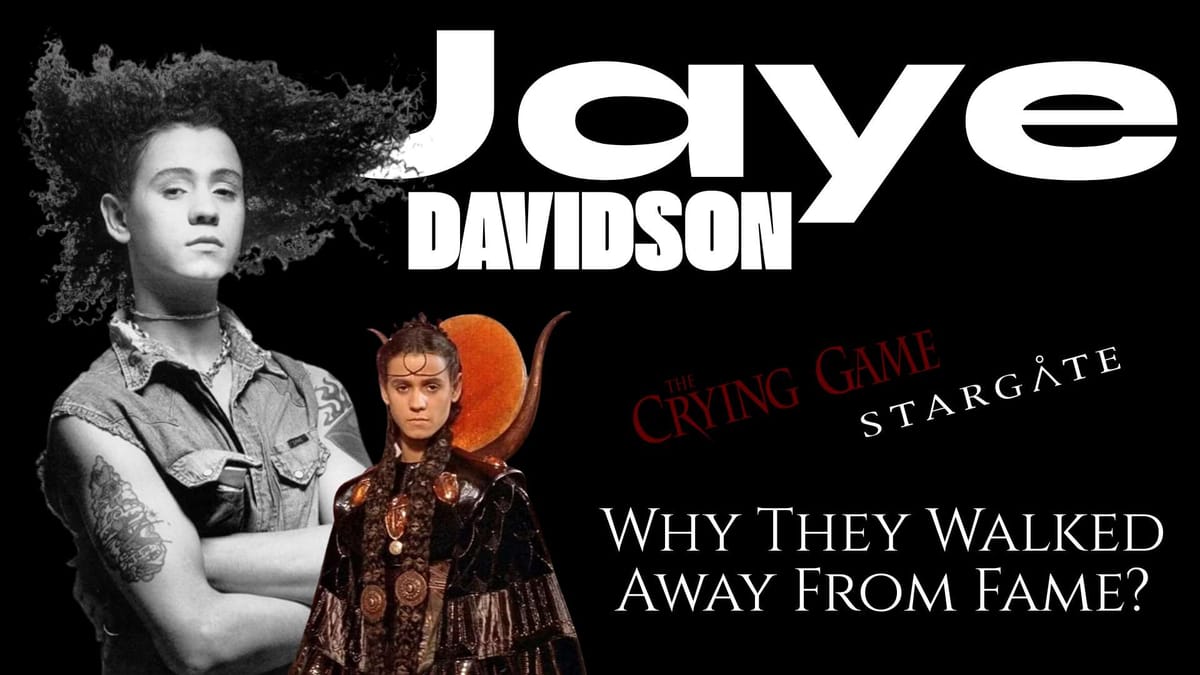
This choice makes Davidson's Stargate performance irreplaceable. Unlike other actors who built careers on single breakout roles, Davidson created art and walked away. Their Ra remains cinema's most enigmatic villain partly because we know it's the final glimpse of a talent that chose artistic integrity over commercial success.
Davidson's current work in fashion styling and modelling demonstrates success beyond entertainment industry metrics. Their Stargate legacy proves that some performances transcend career calculation.
Supporting Cast: Career Trajectories That Defined the Era
The Television Franchise Veterans
Alexis Cruz (Skaara) and Erick Avari (Kasuf) transformed their Stargate roles into decade-long television careers. Cruz, who was 19 during filming, became integral to Stargate SG-1's emotional core by reprising Skaara across multiple seasons. Avari, at 42, used Kasuf to demonstrate how supporting film roles could become television gold.


Then: Alexis Cruz as Skaara in Stargate 1994 : Now: Alexis Cruz in 2025 / Then: Erick Avari as Kasuf in Stargate 1994 : Now: Erick Avari in 2025
Both actors proved that Stargate's television expansion created opportunities that the original film couldn't provide. Their continued involvement across 214 television episodes demonstrates how the franchise rewarded loyalty and character development over star power.
Affiliate Ad (we may earn a small commission)
Stargate: Ultimate Edition
Experience the Classic in Stunning Blu-ray Quality


- Remastered in High Definition
- Director's Commentary
- Behind-the-Scenes Features
- Deleted Scenes
- Digital Copy Included
The Comedy Transformation
French Stewart (Lt. Ferretti) exemplifies Stargate's unexpected career launching power. Stewart transformed his wise-cracking military role into comedy stardom as Harry Solomon in 3rd Rock from the Sun. His journey from dramatic sci-fi to alien comedy proved that Stargate cast members could reinvent themselves across genres.

Stewart's return to the Stargate universe in Stargate Universe created a full-circle moment that few franchises achieve—original cast members returning as established television stars.
The Academy Award Trajectory
Djimon Hounsou (Horus) used his nearly silent Stargate role as a launching pad for Hollywood's A-list. From playing one of Ra's imposing guards to earning two Academy Award nominations for In America and Blood Diamond, Hounsou's career trajectory demonstrates how Stargate identified talent before the industry mainstream.

His subsequent roles in Gladiator, Marvel's Guardians of the Galaxy, and DC's Shazam! franchise prove that Stargate casting directors recognised star quality that other films missed.
The Character Actor's Journey

John Diehl (Lt. Col. Charles Kawalsky) exemplifies the working character actor's path through Hollywood. At 44 during Stargate filming, Diehl was already established from his three-season run as Detective Larry Zito on Miami Vice (1984-1987). In Stargate, he played the second-in-command officer who questions O'Neil's mysterious mission parameters.
Post-Stargate, Diehl built one of Hollywood's most impressive character actor résumés with over 150 film and television credits. His notable roles include Nixon in Nixon (1995), the first dinosaur victim in Jurassic Park III (2001), and Assistant Chief Ben Gilroy on The Shield.
At 74, Diehl remains remarkably active with recent appearances in Armageddon Time (2022), Five Days at Memorial (2022), Dark Winds (2022), and Snowfall (2017-2023). His career demonstrates how Stargate supported working actors rather than just launching unknown talent—providing steady work for experienced professionals who became the backbone of 90s filmmaking.
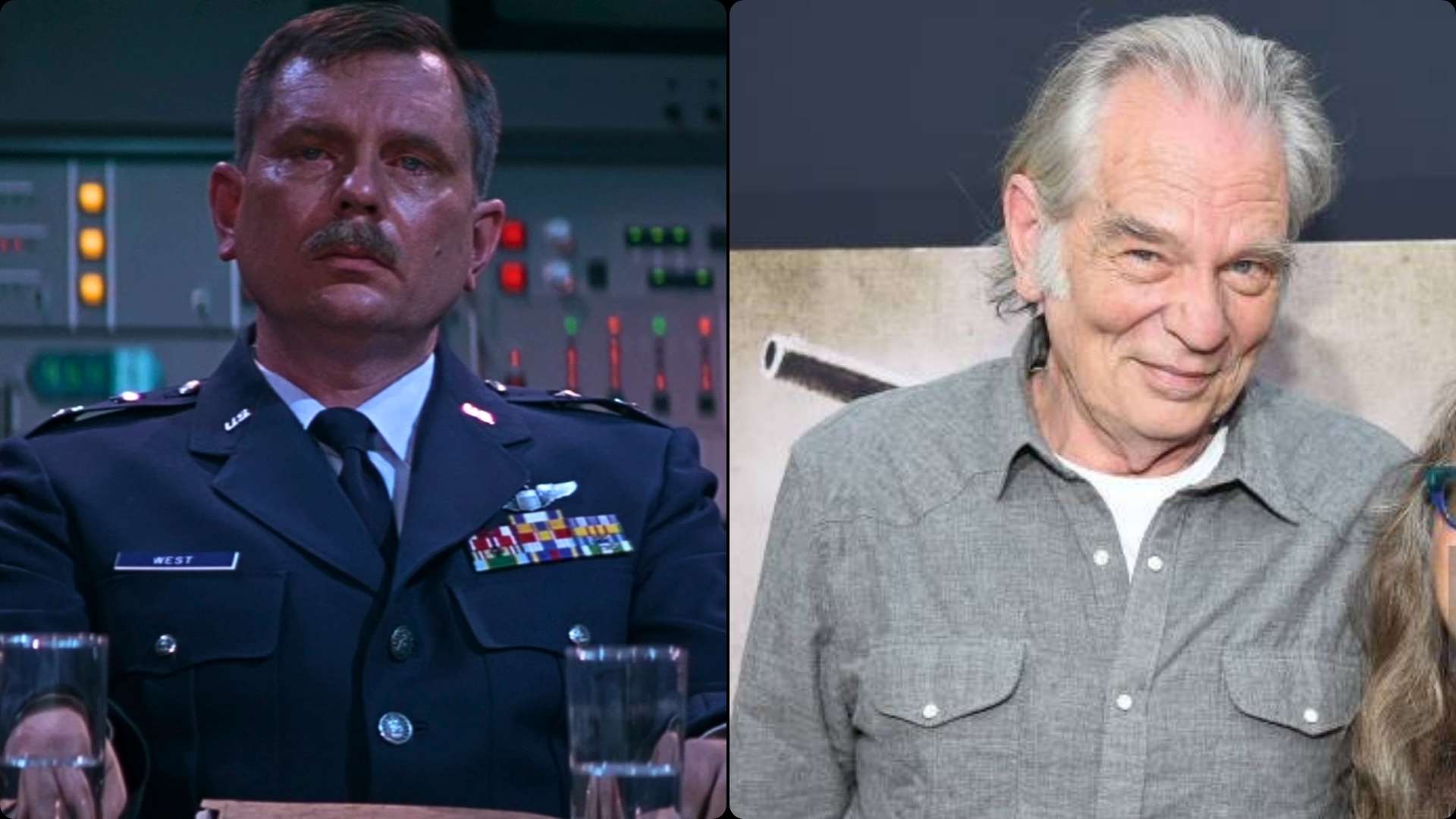
Leon Rippy (Maj. Gen. W.O. West) transformed his brief Stargate role as the project commander into one of television's most recognisable character actor careers. At 45 during filming, Rippy had the smallest screen time among major cast members but used it to establish his authority figure persona.
Rippy's post-Stargate career became defined by memorable supporting roles across premium television. His Tom Nuttall in HBO's Deadwood (2004-2006) became a fan favourite—the saloon owner who witnessed Wild Bill Hickock's murder. He followed this with Earl the Angel in Saving Grace (2007-2010) and Ollie Dinsmore in Under the Dome (2013-2015).
Now 75, Rippy has worked consistently through his seventies, maintaining his status as one of television's most dependable character actors. His Stargate role, though brief, established the commanding presence that defined his subsequent career in prestigious television dramas.
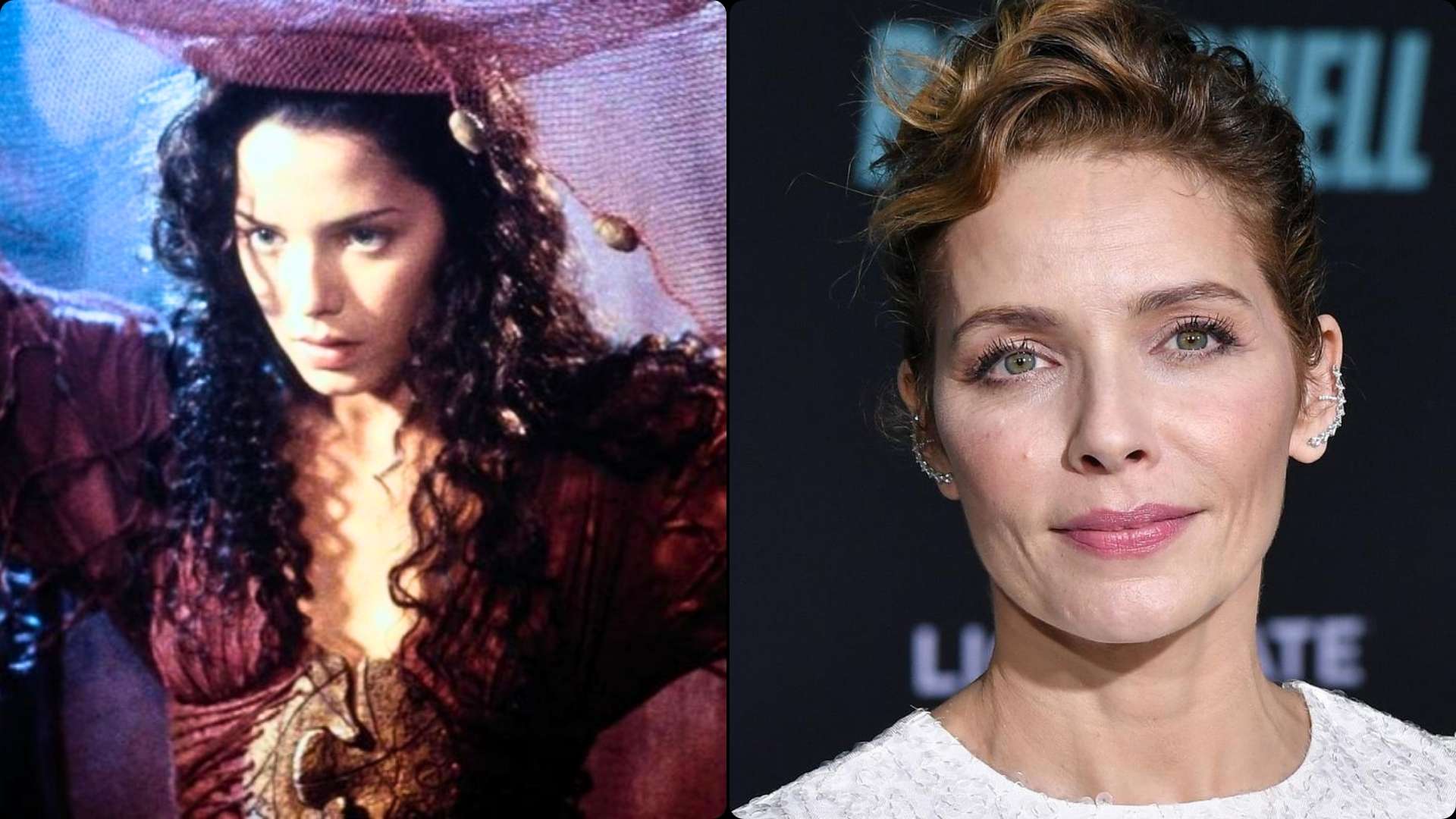
Mili Avital (Sha'uri) used Stargate as her Hollywood launching pad, but her career trajectory became more complex than typical stardom. At 22, the Israeli actress made her American debut as Sha'uri, Daniel Jackson's love interest and the Abydonian leader's daughter. Fresh from winning Israel's Academy Award for Best Supporting Actress, Avital was discovered by an agent while working as a waitress in New York.
Stargate opened doors to significant American films including Jim Jarmusch's Dead Man (1995), Polish Wedding (1998), and Kissing a Fool (1998). However, Avital made strategic career choices that prioritised artistic integrity over Hollywood stardom. She returned frequently to Israel, starring in critically acclaimed Hebrew-language films like Noodle (2007), which earned her Israel's Critics' Circle Award for Best Actress.
Her American television work included multiple Law & Order franchise appearances, showcasing her range by playing different characters across various series. At 52, Avital recently returned to directing, staging a play about Israeli-American cultural differences. Her 2023 interview with Haaretz revealed she feels liberated at 50: "No one's looking, anyway"—suggesting an artist who has found peace beyond Hollywood's traditional success metrics.
The Veteran's Final Bow

Viveca Lindfors (Catherine Langford) brought five decades of experience to her role as the elderly archaeologist whose father discovered the Stargate in 1928. At 74, the Swedish-born actress provided emotional gravitas as the woman who spent her life wondering about her father's discovery.
Lindfors represented Old Hollywood glamour in Stargate's cast. Brought to Hollywood by Warner Brothers in 1946 as a potential successor to Greta Garbo, she built a career spanning over 100 films. Her Stargate performance showcased the dignity and intelligence that defined her five-decade career.
Tragically, Stargate became one of Lindfors' final roles. She passed away in October 1995 at age 74 from complications of rheumatoid arthritis, just one year after the film's release. Her final performance was in Henry Jaglom's Last Summer in the Hamptons (1995), playing a grande dame actress—essentially herself. This makes her Stargate work particularly poignant, representing the end of an era when seasoned stage actors brought theatrical training to Hollywood productions.
The Stargate Television Renaissance: Numbers That Changed Everything
The film's true legacy lies in its television expansion. Stargate SG-1 didn't just succeed—it redefined what television science fiction could achieve:
- 214 Episodes across ten seasons (1997-2007)
- $500 Million in production value to British Columbia
- Multiple Spinoffs: Atlantis, Universe, Origins expanded the mythology
- Cultural Impact: Academic conferences, scholarly books, international fan conventions
- Industry Recognition: Constellation Awards, Saturn Awards, establishing sci-fi television credibility
MGM executives comparing Stargate to their James Bond franchise wasn't marketing hyperbole—both properties generated consistent profits while enhancing overall brand value. The television series proved that audiences craved complex, serialised science fiction when networks believed only procedurals could succeed.
Technical Innovation That Influenced Modern Sci-Fi
Stargate's practical effects work established visual standards that modern CGI films struggle to match. The iconic gate activation sequence—that liquid-metal whoosh establishing the wormhole—became science fiction's gold standard for portal effects. Thirty years later, films showing interdimensional travel are still measured against Stargate's elegant practical solution.
The film's Egyptian-inspired production design influenced everything from The Mummy franchise to Marvel's Moon Knight. Its blend of ancient mythology with modern military action created a template that Indiana Jones, Tomb Raider, and countless other properties adopted.
Cultural Memory: Why Stargate Endures
You might remember spending hours after the film trying to decode those mysterious gate symbols, drawing constellation charts in school notebooks. The movie's iconic elements—that swooshing activation sequence, ancient Egyptian spoken with subtitles, Kurt Russell's gruff soldier warming to James Spader's academic enthusiasm—created lasting emotional connections.
Stargate arrived at the perfect cultural moment. Before the internet spoiled every plot twist, when Blockbuster Video rentals created communal discovery experiences, the film offered genuine surprise. Its Friday night rental status made it a shared cultural touchstone for an entire generation.
The film's enduring appeal stems from its optimistic vision of exploration and discovery. Unlike dystopian sci-fi that dominated the 90s, Stargate presented ancient mysteries and alien worlds as opportunities for wonder rather than threat.
Legacy Analysis: From Modest Hit to Industry Template
Thirty years later, Stargate's influence permeates modern entertainment. Its film-to-television expansion model preceded Marvel's cinematic universe, Star Wars' streaming series, and every transmedia franchise that followed. The property proved that audiences would follow compelling characters across multiple platforms and formats.
The cast's diverse career trajectories—from Russell's sustained stardom to Davidson's artistic independence—reflect the film's democratic approach to storytelling. Stargate didn't just launch careers; it demonstrated that science fiction could accommodate different types of talent and ambition.
Perhaps most significantly, Stargate established that original intellectual property could compete with established franchises. In an era dominated by sequels and adaptations, the film's success encouraged studios to invest in new concepts rather than rehashing familiar properties.
Conclusion: Every Gate Leads Somewhere
The Stargate cast's thirty-year journey reveals Hollywood's beautifully unpredictable nature. Kurt Russell remains an A-list star working with his son, while James Spader conquered television with his unique intensity. Jaye Davidson chose privacy over fame, Djimon Hounsou became an Oscar nominee, and French Stewart found his calling in comedy.
Most remarkably, several cast members remained connected to the Stargate universe throughout their careers, suggesting that stepping through that ancient portal really did change their professional lives. The film may have received mixed critical reception, but for its cast and crew, it opened doorways to unexpected futures.
In an industry obsessed with reboots and revivals, Stargate reminds us that sometimes the original journey creates the most lasting impact. After all, every gate leads somewhere—you just never know where you'll end up.




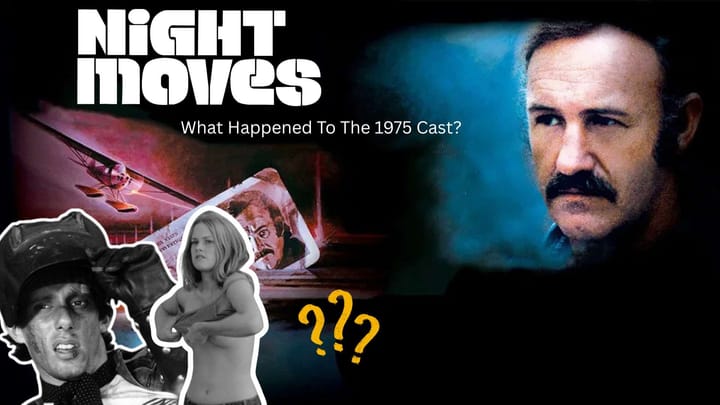
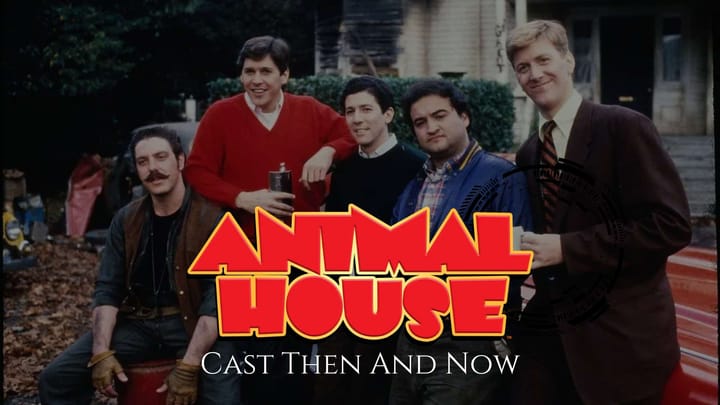
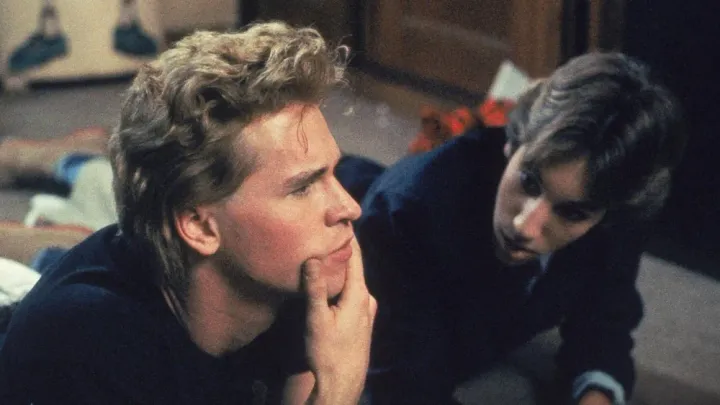
Comments ()